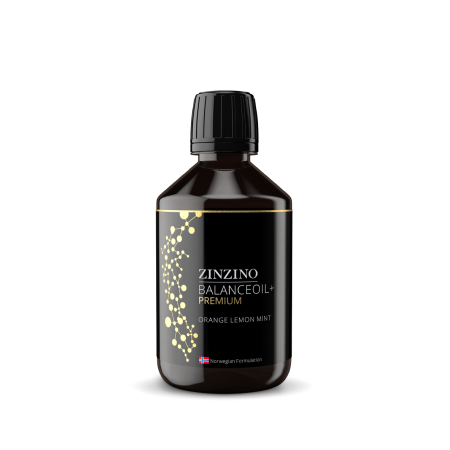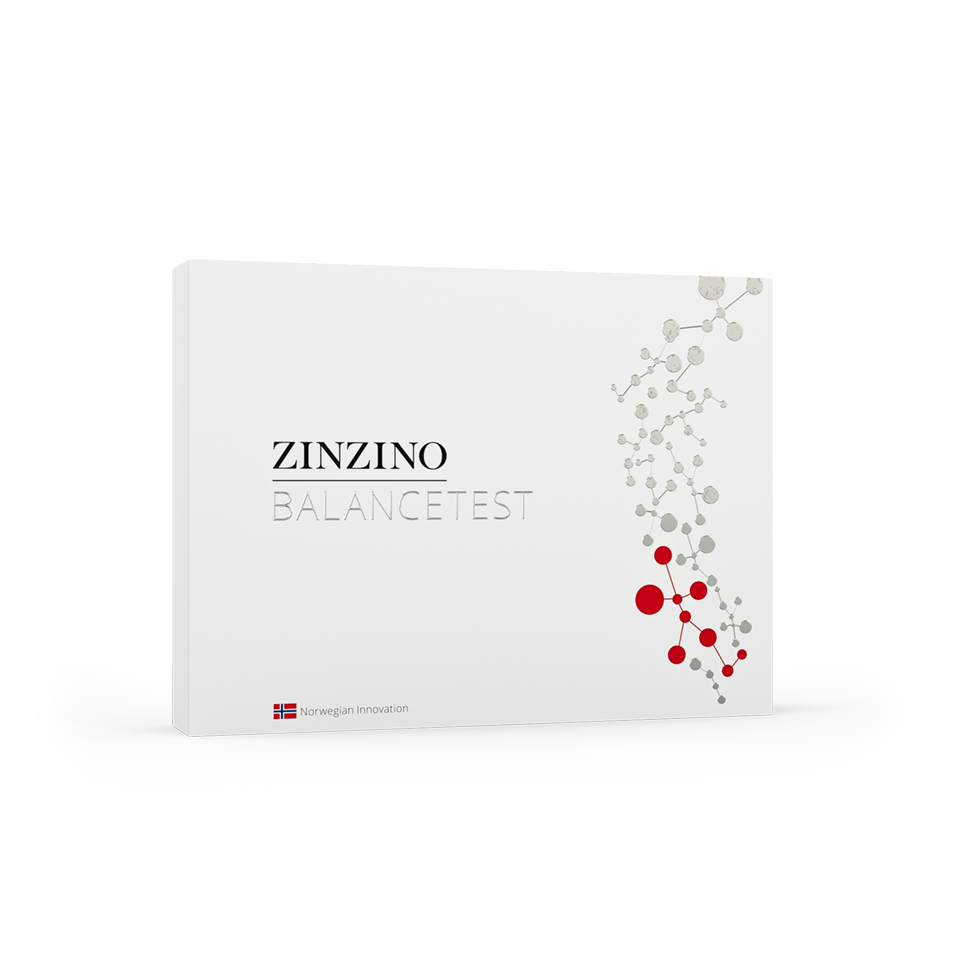Zivju eļļas ieguvumi sievietēm grūtniecības laikā (un pēc tā)

Grūtniecība ir īpašs laiks sievietes dzīvē, kad organisms gatavojas mazuļa augšanai un laišanai pasaulē. Līdz ar to mainās arī jaunajai māmiņai nepieciešamās uzturvielas. Veselīgai grūtniecībai ir nepieciešami dažādi vitamīni un minerālvielas, tostarp atbilstoša Omega-3 taukskābju līmeņa uzņemšana. Tādēļ, ja domājat par to, vai jūs drīkstat grūtniecības laikā lietot uzturā zivju eļļu, atbilde ir “jā”.
Garo ķēžu polinepiesātinātās taukskābes (PNT), kas pazīstamas kā tauku būvmateriāli, palīdz nodrošināt normālu organisma darbību. PNT ir svarīgas gan mātei, gan mazulim. Omega-3 taukskābēm ir liela nozīme smadzeņu1, kā arī nervu sistēmas2 un redzes attīstībā3.
Runājot par Omega-3 devām grūtniecības laikā, dietologi iesaka uzturā lietot divas līdz trīs porcijas treknu jūras zivju nedēļā (piemēram, skumbriju, siļķi, sardīnes, lasi). Tas nodrošina minimālo jūras izcelsmes Omega-3 taukskābju daudzumu, kas ir vismaz 450 mg dienā (vismaz 200 mg no tām jābūt DHA veidā). Ieteicamais minimālais daudzums visā pasaulē atšķiras, un dažās valstīs ir lielāka minimālā daudzuma robeža, piemēram, grūtniecēm Austrālijā tiek rekomendēts uzņemt 900 mg jūras izcelsmes Omega-3 taukskābju (no kurām 800 mg ir DHA taukskābes).
Grūtniecēm, kas uzturā zivis nelieto regulāri, ieteicams izmantot uztura bagātinātājus ar jūras izcelsmes Omega-3 taukskābēm. Veģetāriešiem un vegāniem ir citi jūras izcelsmes Omega-3 avoti, piemēram, jūraszāles un aļģu eļļa.
Omega-3 uztura bagātinātāju devas grūtniecības laikā un pēc tās
Tīrai augstas kvalitātes Omega-3 zivju eļļai ir labvēlīga ietekme uz grūtnieces organismu un zīdaiņa dzīves sākumposmu. Tā kā organisms nesintezē šīs neaizvietojamās taukskābes, ir nepieciešams lietot uztura bagātinātājus.
Runājot par Omega-3 līmeni pirmsdzemdību posmā, ir nepieciešams veidot šo neaizvietojamo taukskābju rezerves organismā vismaz sešus mēnešus pirms mazuļa ieņemšanas. Šī uzturviela ir tikpat svarīga pēcdzemdību periodā — zīdīšanas laikā.
BalanceOil+ ir Omega-3 taukskābju uztura bagātinātājs, kurā ir augsts olīvu polifenolu un vitamīna D3 līmenis. Tas drošā veidā regulē un uztur jūsu organisma EPS+DHS līmeni un Omega-6:3 attiecību, vienlaikus aizsargājot jūsu šūnas no oksidēšanās. BalanceOil+ ir augstākā labuma eļļu maisījums, kas iegūts no savvaļā noķertām mazām zivtiņām un neapstrādātas augstākā labuma olīveļļas, un tas veicina normālu sirdsdarbību2, kā arī smadzeņu1 un imūnsistēmas darbību4.
Tas ir lielisks Omega-3 avots, bez bažām par vides piesārņotājiem. BalanceOil+ sastāvā ir izmantots sertificēts ilgtspējīgs savvaļā noķertu zivju avots, kurā ir molekulāri pārbaudīta toksīnu klātbūtne, lai nodrošinātu svaigumu un lietošanas drošību. Šis tīruma faktors ir svarīgs ikvienam, jo īpaši grūtniecēm.
Omega-3 ieguvumi sievietēm un bērniem
Ir pierādīts, ka Omega-3 sastāvā esošās taukskābes EPA un DHA uztur normālu smadzeņu darbību1. Grūtnieču un ar krūti barojošu sieviešu gadījumā DHA palīdz uzturēt normālu augļa smadzeņu attīstību barojot mazuli ar krūti. Tāpat EPA un DHA palīdz uzturēt triglicerīdu līmeni asinīs5, stabilu asinsspiedienu6 un sirdsdarbību2.
Turklāt DHA atbalsta veselīgu acu muskuļu darbību3, kas ir ļoti svarīga mazuļiem. BalanceOil+ ir pilnīgi dabīgs veids, kā optimāli uzņemt izcilās Omega-3 taukskābes.
Tā kā organisms pats nespēj sintezēt polinepiesātinātās taukskābes, BalanceOil+ veido svarīgu māmiņu ikdienas rutīnas sastāvdaļu. BalanceOil+ ir ļoti vienkārši lietot uzturā (piejaucot to rīta smūtijam vai sulai), tādējādi tas ir labi piemērots mainīgajām māmiņu uztura vajadzībām un preferencēm.
BalanceOil+ sniedz vairāk nekā 15 EFSA apstiprinātus veselības ieguvumus jaunajām māmiņām, vienlaikus maigi atjaunojot Omega-6:3 attiecību. Grūtniecēm un ar krūti barojošām sievietēm uzsākot fiziski un emocionāli prasīgu jaunu dzīves posmu, BalanceOil+ var palīdzēt nodrošināt iespējami labāko organisma stāvokli.
Omega-3 BalanceOil+ nepārspējamā zivju eļļa ir rīta rituāls, kurš turpinās pastāvēt ilgi pēc grūtniecības, zīdaiņa un mazuļa posma.
* Šos apgalvojumus nav vērtējusi Pārtikas un zāļu administrācija. Šis produkts nav paredzēts, lai diagnosticētu, ārstētu, dziedētu vai novērstu jebkādu slimību.
1. DHA and EPA contribute to the maintenance of normal blood pressure
DHA and EPA contribute to the maintenance of normal blood pressure. The claim may be used only for food which provides a daily intake of 3 g of EPA and DHA. In order to bear the claim, information shall be given to the consumer that the beneficial effect is obtained with a daily intake of 3 g of EPA and DHA. When the claim is used on food supplements and/or fortified foods, information shall also be given to consumers not to exceed a supplemental daily intake of 5 g of EPA and DHA combined.
2. DHA contributes to the maintenance of normal vision
DHA contributes to the maintenance of normal vision. The claim may be used only for food which contains at least 40 mg of DHA per 100 g and per 100 kcal. In order to bear the claim, information shall be given to the consumer that the beneficial effect is obtained with a daily intake of 250 mg of DHA. Docosahexaenoic acid (DHA) intake contributes to the normal visual development of infants up to 12 months of age. Information shall be given to the consumer that the beneficial effect is obtained with a daily intake of 100 mg of DHA. When the claim is used on follow-on formula, the food shall contain at least 0.3% of the total fatty acids as DHA.
4. DHA and EPA contribute to the maintenance of normal blood
DHA and EPA contribute to the maintenance of normal blood triglyceride levels. The claim may be used only for food which provides a daily intake of 2 g of EPA and DHA. In order to bear the claim, information shall be given to the consumer that the beneficial effect is obtained with a daily intake of 2 g of EPA and DHA. When the claim is used on food supplements and/or fortified foods, infor- mation shall also be given to consumers not to exceed a supplemental daily intake of 5 g of EPA and DHA combined. DHA contributes to the maintenance of normal blood triglyceride levels. The claim may be used only for food which provides a daily intake of 2 g of DHA and which contains DHA in combination with eicosapentaenoic acid (EPA). In order to bear the claim, information shall be given to the consumer that the beneficial effect is obtained with a daily intake of 2 g of DHA. When the claim is used on food supplements and/or fortified foods, information shall also be given to consumers not to exceed a supplemental daily intake of 5 g of EPA and DHA combined.
5. DHA and EPA contribute to the normal function of the heart
DHA and EPA contribute to the normal function of the heart. The claim may be used only for food which is at least a source of EPA and DHA as referred to in the claim SOURCE OF Omega-3 FATTY ACIDS as listed in the Annex to Regulation (EC) No 1924/2006. In order to bear the claim, information shall be given to the consumer that the beneficial effect is obtained with a daily intake of 250 mg of EPA and DHA.
6. DHA contributes to the maintenance of normal brain
DHA contributes to the maintenance of normal brain function. The claim may be used only for food which contains at least 40 mg of DHA per 100 g and per 100 kcal. In order to bear the claim, information shall be given to the consumer that the beneficial effect is obtained with a daily intake of 250 mg of DHA. Docosahexaenoic acid (DHA) maternal intake contributes to the normal brain development of the fetus and breastfed infants. Information shall be given to pregnant and lactating women that the beneficial effect is obtained with a daily intake of 200 mg of DHA in addition to the recommended daily intake of Omega-3 fatty acids for adults, i.e. 250 mg DHA and EPA. The claim may be used only for food which provides a daily intake of at least 200 mg DHA.



Dalīties ar šo lapu
Vai nokopēt saiti